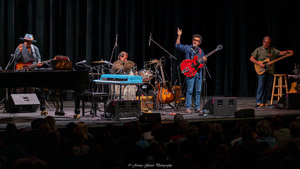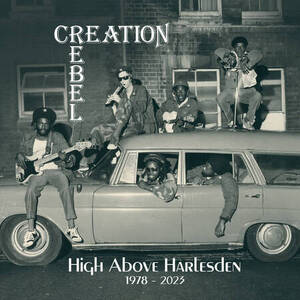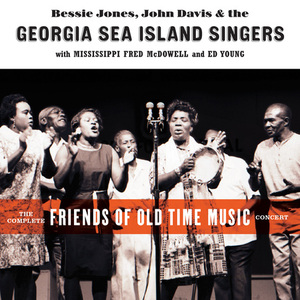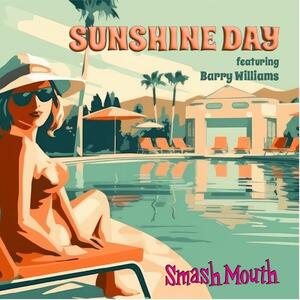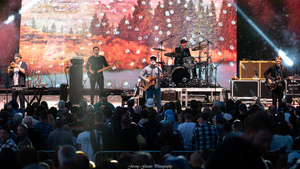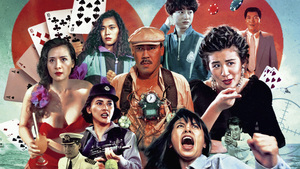
Drumming with Dead Can Dance
and Parallel Adventures
Peter Ulrich
Red Hen Press
Read Peter Ulrich’s Addendum of post-publication happenings at his website, post-punk.com.
• •
Peter Ulrich writes his memoir as a witness to the rise of one of the most inspiring, celebrated, and enigmatic independent bands to come out of London in the ’80s. He maps 40 years of Dead Can Dance, from their early Australian beginnings playing the Melbourne club scene, to symphony-accompanied performances on the world stage.
As 1982 drew to an end, Peter took a seat behind his drum kit to audition for Brendan Perry and Lisa Gerrard, who were continuing Dead Can Dance after moving to London. That audition, which he thought he bombed, launched him on a trajectory that included tours throughout Europe and North America, experimentation with sounds and samples in the studio, and the combination of world music with British medieval folk and steampunk/goth rock. More importantly, it put Peter in a relationship with two wildly creative minds that spurred his own solo career — a remarkable friendship spanning decades.
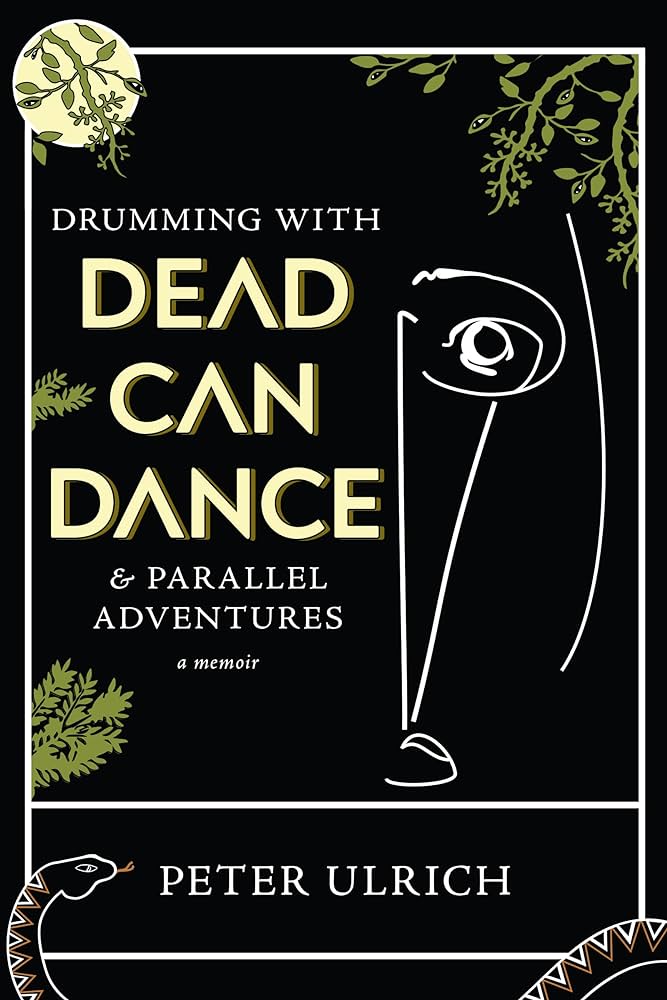
In Drumming With Dead Can Dance and Parallel Adventures, Peter humbly concedes that the band’s creative sparks came from Brendan and Lisa holed up in their council flat in the Isle of Dogs of East London. In those early days, Peter’s contribution came in the form of being a human incarnation of Brendan’s ideas of rhythms and drumming patterns. Slowly, after his own confidence built up, he could begin submitting his own pieces to the band, but the sounds, the music, the voices of Brendan and Lisa all embodied that passionate spirit that enveloped the band. As their ideas about creating music grew, so did the band size. The exotic instruments, from Lisa’s yang ch’in to Middle Eastern and African hand drums, meant hiring a small orchestra every time they went on tour.
To describe the music of Dead Can Dance, Peter says it best:
“I was immediately struck by two sensations. The first was wonderment at what I was hearing; the second was bewilderment… The music sounded amazing – all sorts of complexities… plus a barrage of effects, creating a brooding, mystical form.”
The memoir moves chronologically through its 40 years in 11 chapters. Chapter two is a flashback of Peter’s childhood, detailing his musical pedigree, from singing family members to his own teenage attempts at rock-n-roll stardom. His writing is humorous and full of warmth and affability. Aside from music, his only other passion seems to be football — he points out many times that his football is our soccer. So if he’s not contributing percussion to someone else’s upcoming album, he can be found in the neighborhood pub cheering on his beloved Norwich City FC. The book is filled with anecdotes told in typical British humor. Always seeing the upside of even the direst situations.
Peter crams a lot of information into his memoir. In addition to two appendixes in the back, he lists tour dates, venues, instruments, and performers. He also goes into a lot of detail about what it takes to move a band from country to country. And although he has a funny story about stinking up the band’s equipment van with smelly cheese to avoid problems with customs, it does bog down the book. Lisa Gerrard’s solo career is universal. This book gives her fans an opportunity to learn about those early years with Dead Can Dance. Do they really need to know how to properly fill out a carnet?
Peter left the band in the early ’90s once his second daughter was born; however, Brendan and Lisa’s influence continued to guide his solo career after his departure. A major influence post-Dead Can Dance was the founder of the band’s record label, 4AD. Ivo Watts-Russell maintained an approach to music production that allowed each artist to create and develop their sound without commercial or promotional considerations. In 1989, Peter tried to start his own label with that same ethic. He released his first solo EP, Taqahuru’s Leaving, under this label, but poor sales contributed to the label’s demise. With Brendan’s help, Peter built his in-home studio. He began collaborating with other artists and appeared on their releases. With help from other Dead Can Dance performers, he was able to record his first full-length solo album. His continued connections with Lisa and Brendan helped his career grow — these are the parallel adventures of the book’s title. He chronicles the solo careers of his two ex-bandmates as their status as composers and performers grew to international proportions.
Peter wraps up his book looking forward to DCD’s 2022 tour. I recently read their 2023 tour was cancelled due to health reasons, and hopefully, that tour will be rescheduled and everyone will be back to good health. He concludes with gratitude. Grateful to his old friends for sharing their journey with him. Grateful for his own musical voyage.
If Peter ever takes to the road again with a new band and he happens to make it my way, I’d love to sit in a tavern with him, drink beer, and watch “soccer” together.


